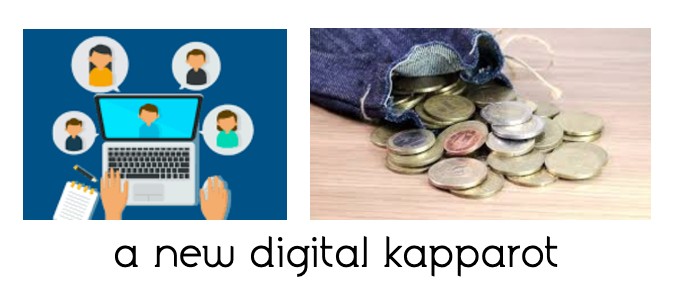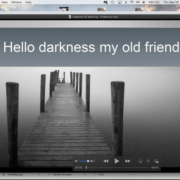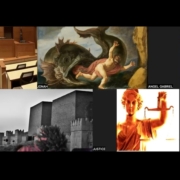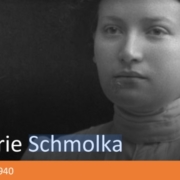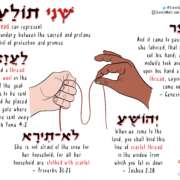A New Digital Kapparot Before Yom Kippur
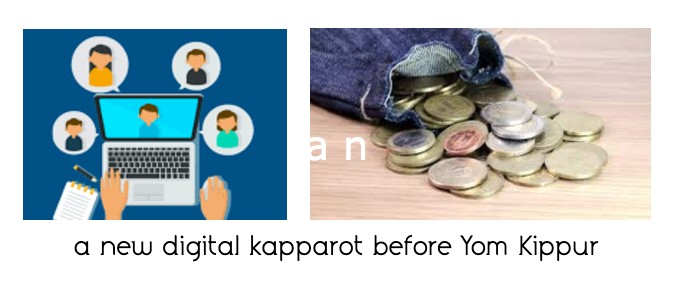
Background
The custom of kapparot dates back to the Talmud. According to this tradition, on the day before Yom Kippur, people take a chicken, swing it three times above their head, symbolically transferring their sins to it before the chicken is slaughtered and then donated to charity.
There is something powerful about observing the ritual slaughter, something that few do nowadays. While there is little doubt that partaking in such a ritual can be a humbling reminder of humanity’s place in creation, it is also a barbaric ritual. This does not even mention the trauma it can create, especially in children.
Just because something has been practiced for thousands of years does not mean it must continue as it has been. This is especially timely as the COVID-19 pandemic has forced our community to redo many of our rituals anyway.
A New Kind of Giving
It is not a new idea to suggest that money can take place of chickens in the kapparot ritual. What I am proposing takes the tzedakah piece of this ritual and embodies it with additional meaning, adding a more personal and more meaningful touch into something many people would be doing anyway.
At High Holidays, many synagogues hold food drives. It is far more efficient for food pantries to receive monetary contributions which do not have to be sorted, do not expire, and the food pantry can stretch the dollars to purchase even more than what the individual donations can.
Eliminating the food drive and giving people the opportunity to donate through a modernized kapparot would provide for an enhanced experience. Ironically, with some people moving to an online format for worship, this ritual has even more potential and a greater reach.
Implementation
The ritual of kapparot is actually quite simple. One takes the money (check or the intended amount written on a piece of paper), places it in a handkerchief or pouch, waves it above the head three times and says: “This is my exchange, this is my substitute, this is my expiation. This money will go to tzedakah and I will enter and proceed to a good, long life and to peace.”
So how would this work as a digital ritual? Here are seven proposed steps:
-
- A short explanation of kapparot and this event will be advertised through various channels. Participants will register and receive a Zoom link.
- The program will begin with soft music, introductions and then participants sharing what they are hoping to get out of this experience. The enclosed texts could be used as a guide:
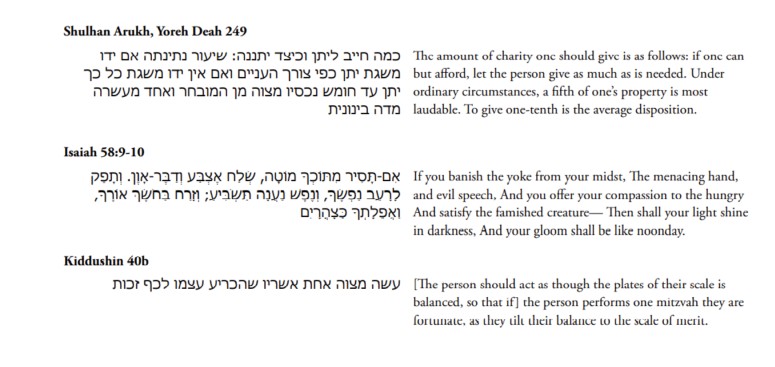 The facilitator can adjust this opening text study according to the backgrounds and needs of the participants.
The facilitator can adjust this opening text study according to the backgrounds and needs of the participants. - The chat should be utilized in addition to people just speaking aloud.
- The facilitator will then ask the participants to place their “offering” in an envelope, handkerchief, sock, etc. This can be done creatively. They could even a hold a phone to represent an online donation! The facilitator will provide the information (i.e. website, mailing address) for the food bank.
- Swing the pouch or handkerchief over your head three times as you recite the following blessing:

- Participants will then be asked to prepare their donation to be sent to the food pantry.
- The ritual will end with the group offering each other blessings for the new year.
This digital ritual gives everyone a chance to get “in the mood” for High Holidays, and it provides everyone the joy of doing a mitzvah for others, even those who do not typically lead services and/or read Torah. This online kapparot is qualitatively different from an onsite kapparot because Zoom allows for people to connect with each other face-to-face and heart-to-heart even as we also focus inward on the work of the season.
The silver lining to this digital / hybrid / multi-access moment is that it allows us to experience an intimacy we might not otherwise. Ironically, we are now in smaller groups online, we have the chat feature, and instead of being at a large service where we are passively listening to prayers which may or may not speak to us (and some people may opt out because of it), we have the newfound opportunity to explore these prayers, discuss their meaning, and also reinvent what we do… including the ancient ritual of kapparot. We can productively raise money for the food pantry, include everyone whether they can physically be in the same place or not, and give new ownership to an ancient ritual. The chickens will thank us!

Lisa Rothstein Goldberg, MSW, MAJCS is a rabbinical student at the Academy for Jewish Religion (NY). She has a love of Jewish learning and making ritual meaningful to the modern world. She earned her MSW from University of Maryland at Baltimore and her MA in Jewish Communal Service from Baltimore Hebrew University. She lives in Louisville, Kentucky with her husband and their two daughters.

